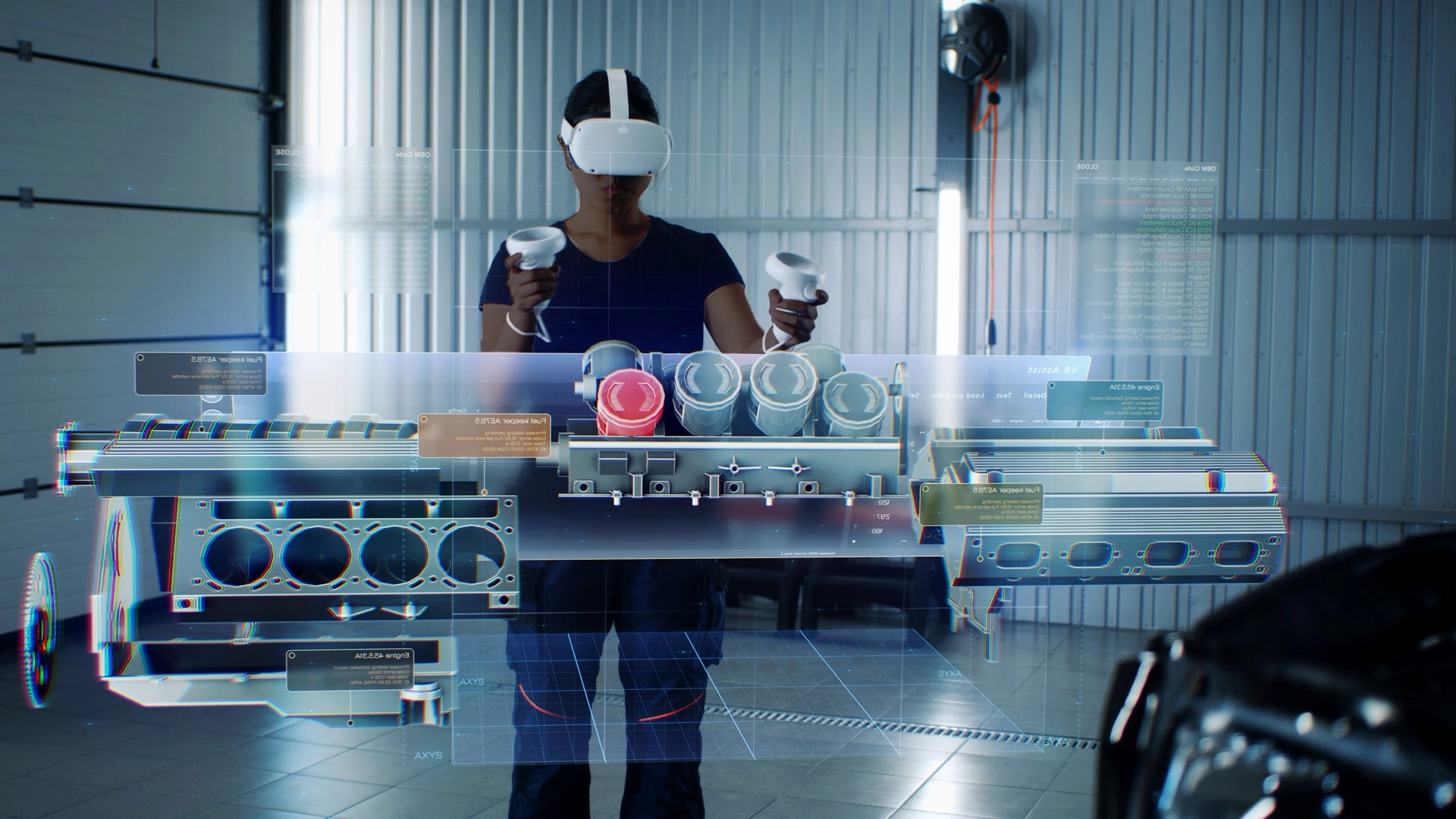Bring Training to Life
TLN’s development team helps you create advanced learning platforms that allow your employees to explore new areas of learning, build muscle memory and practice psychomotor skills. All in a safe, easily accessible, realistic training environment.
Bring training to life
TLN’s development team helps you create advanced learning platforms that allow your employees to explore new areas of learning, build muscle memory and practice psychomotor skills. All in a safe, easily accessible, realistic training environment.
Training Meets Technology
Mixed reality (MR), augmented reality (AR), virtual reality (VR), 360 and 3D design open up a new world of training possibilities through simulated real-world experiences that place learners in the heart of the action.
TLN’s Simulated Learning Services

Mixed Reality (MR)
A view of the real, physical world with an overlay of digital elements where physical and digital elements can interact.

Augmented Reality (AR)
A view of the real, physical world with an overlay of digital elements.

Virtual Reality (VR)
A completely simulated, immersive 3D experience. Requires a special headset to view.

Interactive environments refer to digital spaces that invites audience participation and engagement.


Why Use Extended Reality in Training?
VR and AR training platforms are increasingly being adopted by a growing range of businesses across various sectors. It’s ideal for:
- Improving psychomotor skills
- Building muscle memory and confidence
- Training in a realistic and risk-free environment
- Building operator familiarity and experience
- “How-to” training
- Simulating emergency training scenarios
- Wearing a VR headset means distraction-free learning and higher engagement rates
- Higher retention and recall rates
How Is Extended Reality Used in Training?
Extended reality is changing the way companies train their teams. Before these technologies came along, online learning was two-dimensional and separate from the real-world situations where your employees were training face to face. Video guides could be detailed and specific in their teaching, but they could never offer hands-on experience or the feeling of being in a specific job situations.

Benefits of Extended Reality in Employee Training
Extended reality training lets your employees participate in hands-on training programs that make the entire training process more effective while reducing risk for your business.
The major benefits of extended reality include:
Increased Knowledge Retention
Extended reality creates participatory learning experiences where your employees can place themselves in the type of scenario they’ll encounter at work. By actively practicing the task during training through extended reality, your employees can better internalise skills and procedures and increase their knowledge retention.
Improved Skill Building
Both in-person and online learning techniques help employees understand a skill. Extended reality helps your employees practice the skill, making and correcting the mistakes they would have otherwise made on the job. This leads to increased efficiency and productivity when employees have completed their training.
Reduced Risk
Without extended reality, the only way for your employees to receive hands-on practice using tools, such as machinery, is through actually working with that machine. That comes with an inherent risk for both your employee and business. Extended reality helps to reduce that risk by providing a safe environment that can still provide hands-on training.
Meet the XR Team

Caroline Dupuis
SVP Operations and Development

Evan Sisson
Director of XR Products

Alex Gimson
XR Project Lead

Matt Sheardown
XR Products Learning Design Manager

Emily Craig
Senior Project Manager (XR)

Kristi Hila
3D Developer


